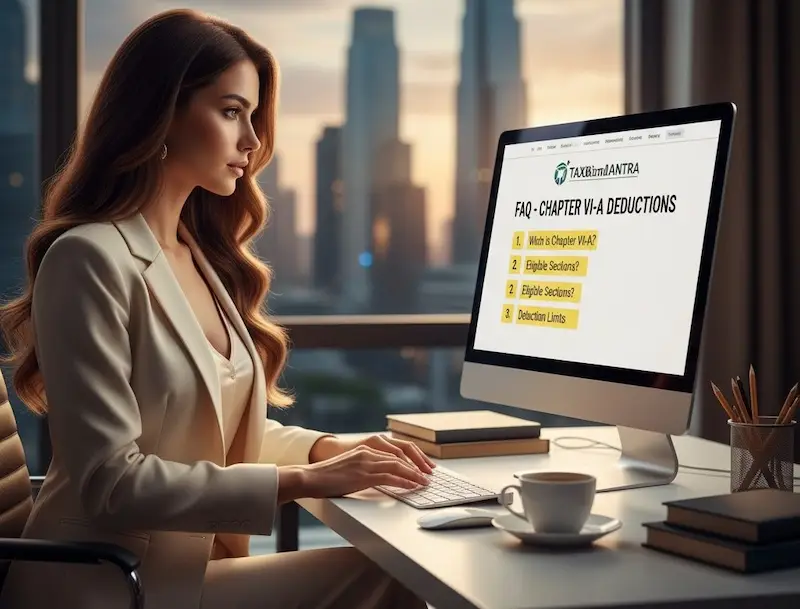Max Your Tax Savings – All About Chapter VI-A Deductions (80C, 80D, 80G)
Chapter VI-A deductions (Sections 80C to 80U) contain the most commonly used income-tax deductions in India — for investments, insurance, health, education, disability, donations and more. The following FAQs explain which payments and investments qualify, limits, special conditions, how to claim deductions in your ITR and practical filing tips.
Want more tools and FAQ? Please explore our resources hub and tools hub.
Frequently Asked Questions-Chapter VI-A Deductions
Pro-Tips
- Use the full 80C limit: If you can, fill the ₹1,50,000 80C basket across PPF, ELSS and principal repayment — this is the most reliable tax saving. (Source: Income Tax India)
- Buy family health cover early: 80D can save tax and protect finances; premiums for parents are especially valuable if they are senior citizens. Income Tax Department
- Verify 80G donee status: Only donations to notified institutions qualify fully/partly — check donee registration before donating. Income Tax India
- Plan loan/tuition payments: Time payments (e.g., tuition fees) to maximize claim in the desired financial year.
- Compare regimes each year: Re-compute old vs new regime before filing — small life changes can swing the optimal choice. Income Tax Department
Quick Checklist before filing
- Collate receipts: PPF, ELSS, LIC, tuition fees, insurance, donation receipts.
- Verify PAN of donee for donations > ₹2,000/ or as required.
- Reconcile premiums/interest with Form 26AS / AIS.
- Enter section-wise amounts in Schedule VI-A in ITR.
- Compare old vs new tax regimes (use official calculators). Income Tax India
Related Resources
- Computation of Tax — FAQs
- Salary — FAQs
- House Property — FAQs
- Capital Gains — FAQs
- Income Tax Calculator Tool

Smart Tax Planning 2025: Everything You Need to Know About Chapter VI-A Deductions
Sources
Disclaimer: These FAQs summarise Chapter VI-A deductions for general informational purposes using official Income-Tax Department guidance (Finance Act 2025 updates). They are not a substitute for professional advice. For case-specific guidance, consult the Income-Tax Department or a qualified Chartered Accountant.
